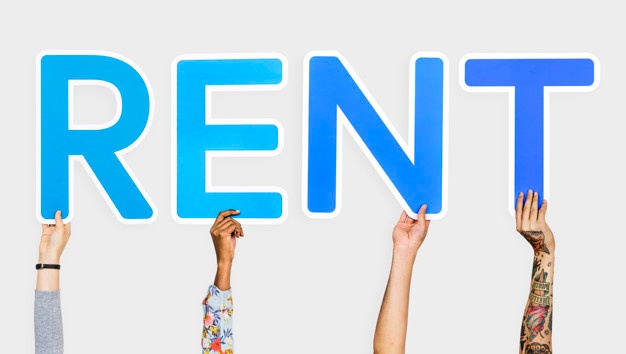Buying a second home takes some financial planning first, starting with creating a savings budget. Your first home-buying experience may have taught you that you’ll need cash for a down payment and closing costs. As well as money set aside to help with things like maintenance and repairs but the numbers may look very different for a second home.
Assessing Your Savings Needs When Buying a Second Home
A second home can potentially be more expensive than a first home if it’s being used as an investment property. Not only can the purchase price itself be higher if you’re looking at a second home in an in-demand market. But you’ll also likely pay more for things like property taxes and homeowner’s insurance.
As with any home purchase, you should first determine how many homes you can realistically afford. This is based on your current income and debt obligations. In the case of buying a second home, this budget can help you pinpoint exactly what you need to save.
For example, assume that you want to buy a Kes 5,000,000 property as a second home. You plan to apply for a conventional mortgage and offer a 20% down payment to avoid private mortgage insurance. Right away, you know that you’ll need Kes 1,000,000 in cash to cover the down payment alone.
Closing costs can add another 2 to 5% to the total, increasing the amount of savings you need by Kes 1,000,000 to Kes 2,500,000. Property taxes and homeowner’s insurance may be escrowed into your mortgage. However, if not, you’d also need to leave room in your savings budget to cover those expenses for the first year.
Creating Your Budget for Second Home Savings
Now that you know what you need to save when buying a second home, the next step is developing an action plan for saving that amount.
First, determine your timeline for saving. If you plan to buy a second home when you retire and you still have 10 years to go, you’d need to budget to save annually.
On the other hand, if you have five years until retirement, you’d have to double that amount which could test your ability to save. Reviewing your regular monthly household budget is the next step, once you’ve established your monthly savings target.
Specifically, consider two things: how much you’re spending each month and the amount of disposable income you currently have to commit to savings after your expenses are paid.
Depending on your timeline for saving to buy a second home, you may already have the additional cash flow in your budget to allow you to save the amount you need. If not, however, you’ll need to review your spending to see if there’s something you can reduce or eliminate.
The other option if you’re not able to reduce your expenses any further is increasing your income. This could be accomplished by increasing your hours at work, taking on a part-time job in addition to your full-time position or starting a side hustle to generate extra money.
Remembering to Save for After You’ve Bought a Second Home
The upfront costs of buying a second home aren’t the only thing you need to save for. You’ll also need cash reserves to pay for additional costs of homeownership once you’ve signed off on the mortgage. Those costs may include:
- Homeowner’s association fees if those aren’t escrowed into your mortgage
- Property taxes and homeowner’s insurance if those aren’t escrowed
- General repairs and maintenance
- Utility bills for the second home
And you’ll also need a comfortable emergency fund to handle larger expenses, such as a roof or heating and air system replacement or to cover your homeowner’s insurance deductible if you have to file a claim for damage.
Depending on how much you’re already saving to buy a second home, you may include these in your savings budget now or wait until you’ve closed on the property to add them in. If you’re waiting until after you buy to save for these additional costs, however, make that a priority so that you’re not caught financially unprepared in case a second home-related emergency strikes.








